Botox® for Migraines and Other Conditions
Botox® Injections for Migraines and Headache Treatment in Dallas, TX
Chronic headaches and migraines can be painful and impact daily life. OMNI SCULPT MD offers Botox® injections to relieve those looking for headache treatment in the nearby Dallas area.
How Does Botox® for Migraines Work?
You probably know Botox® primarily for its wrinkle-reducing properties. However, in 2010, the FDA approved its application as a preventative pain reliever for migraines. Botox® for headaches is a preventive treatment, aimed at minimizing the frequency and severity of migraines, rather than treating them once they’ve begun.
Chronic migraines are defined as having 15 or more headache-filled days per month (both migraines and other headaches count), with 8 or more of those 15 days involving migraines that end up lasting 4 or more hours.
Injecting Botox® into carefully selected areas in the head and neck can reduce migraine pain or migraine attacks by blocking the neurotransmitters that signal pain. This can help decrease the intensity and frequency of migraines, cluster headaches, or tension-type headaches by inhibiting pain networks in the brain. Patients with migraines who receive Botox® (botulinum toxin) injections for migraine treatment often report fewer headache days and a reduced intensity when they do occur.
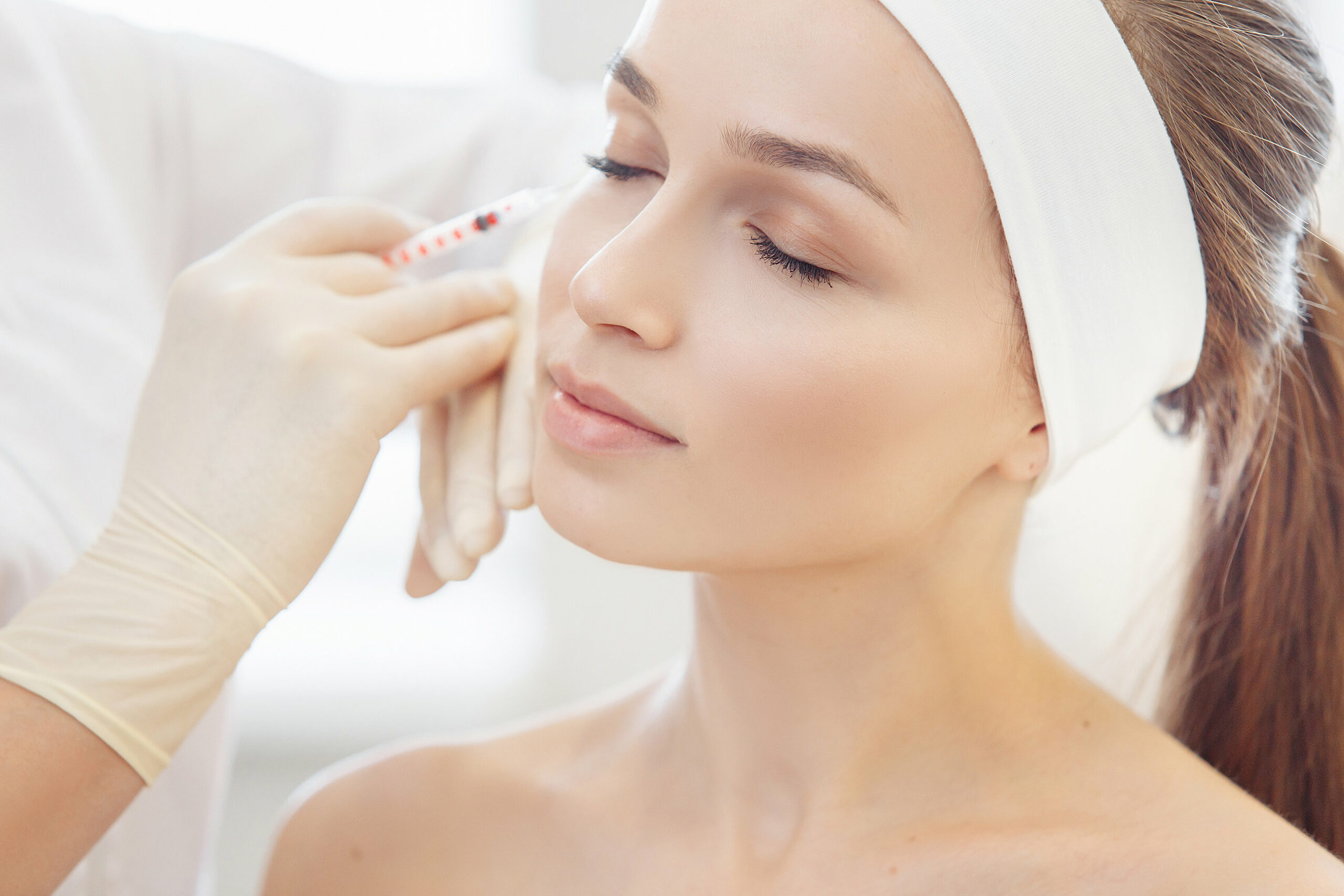

What Can I Expect From Botox® Injections for Migraines by OMNI SCULPT MD?
Botox® for migraines is typically injected into the skin or muscles in the head or neck. Just before the Botox® injection is administered, you may be given some form of topical anesthetic. It’s very common to receive more than one injection, especially if you are receiving migraine treatment on a larger part of your body.
Each Botox® treatment for migraine pain can last up to 4 months, and most patients who use Botox® for chronic migraines see a dramatic reduction in their headache pain and migraine symptoms. At OMNI SCULPT MD, your care will be in the hands of the highly skilled Dr. Louis DeGironemo. Dr. DeGironemo is a double board-certified physician in Anesthesiology and Interventional Pain Medicine with the American Board of Anesthesiology.
Once you complete the procedure, you can resume your normal routine. You should avoid rubbing or touching the area where you received the injection for at least 24 hours. The effectiveness of a Botox® treatment can vary.
If you are ready to take the next step in preventing migraines and chronic headaches, book a consultation with double board-certified, Dr. Louis DeGironemo.
Not Just for Wrinkles: Other Health Conditions Treated With Botox®
Botox® for Excessive Sweating (Hyperhidrosis)
Sweating is a normal bodily function and excessive sweating, also known as Hyperhidrosis, is a common condition that affects men and women. While there is no guideline to dictate what “normal” sweating is, if you feel like excessive sweating is interfering with your everyday life, Botox® injections for excessive sweating might be the right treatment for you.
Botox®, a natural, purified protein, is commonly injected underneath the skin of the sweaty areas of your body, such as your armpits, hands, feet, or face, to reduce excessive sweating. Botox®, a natural, purified protein, can block this signal that our body sends, preventing the activation of our sweat glands. You will continue to sweat in other areas that are not injected. Results can generally last anywhere from 6 to 9 months.

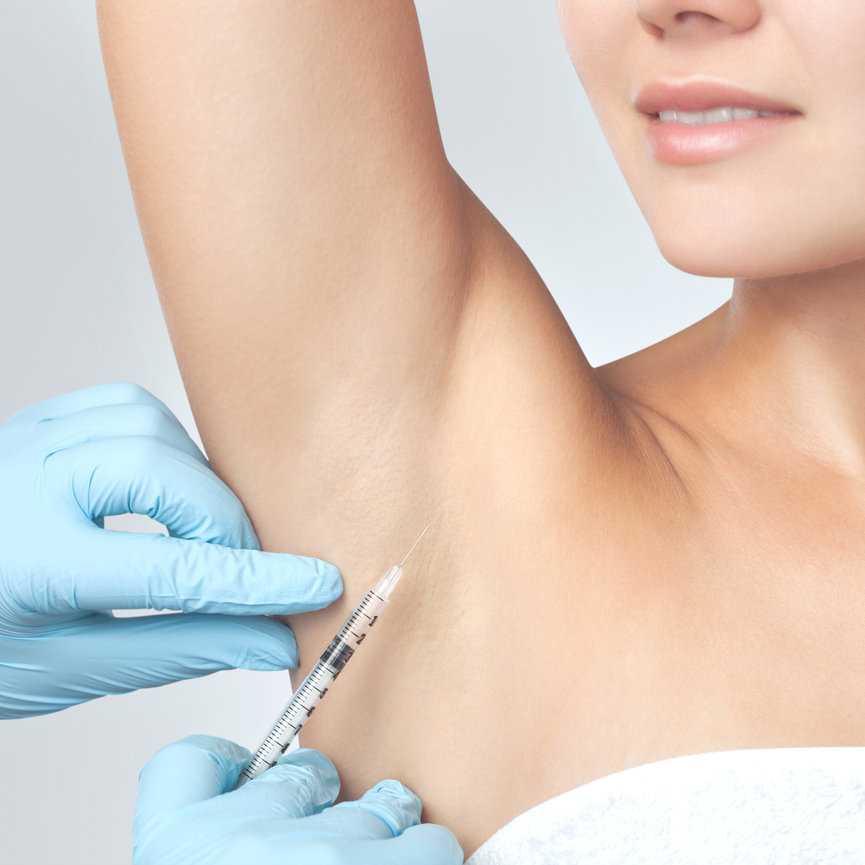
Botox® for TMJ and TMD (Temporomandibular Joint Dysfunction)
Located on both sides of the head where the jawbone meets the skull, the temporomandibular joint (TMJ) is used during talking, eating, and other everyday activities. If this joint becomes too overworked, you could start to suffer from sharp pain in the jaw or be diagnosed with Temporomandibular Joint Dysfunction (TMJ or TMD).
If you are suffering from Temporomandibular Joint Dysfunction (TMJ or TMD), you may experience jaw tension that results in pain and soreness in your cheeks, jaw, neck, and shoulders. You may even experience headaches and migraines. Botox® injections can help ease this tension by relaxing the joints and muscles.
Botox® works by weakening the muscles that engage in the unconscious movement of your jaw. This will help to reduce headaches and diminish pain.
Botox® for TMJ and TMD (Temporomandibular Joint Dysfunction)
Located on both sides of the head where the jawbone meets the skull, the temporomandibular joint (TMJ) is used during talking, eating, and other everyday activities. If this joint becomes too overworked, you could start to suffer from sharp pain in the jaw or be diagnosed with Temporomandibular Joint Dysfunction (TMJ or TMD).
If you are suffering from Temporomandibular Joint Dysfunction (TMJ or TMD), you may experience jaw tension that results in pain and soreness in your cheeks, jaw, neck, and shoulders. You may even experience headaches and migraines. Botox® injections can help ease this tension by relaxing the joints and muscles.
Botox® works by weakening the muscles that engage in the unconscious movement of your jaw. This will help to reduce headaches and diminish pain.
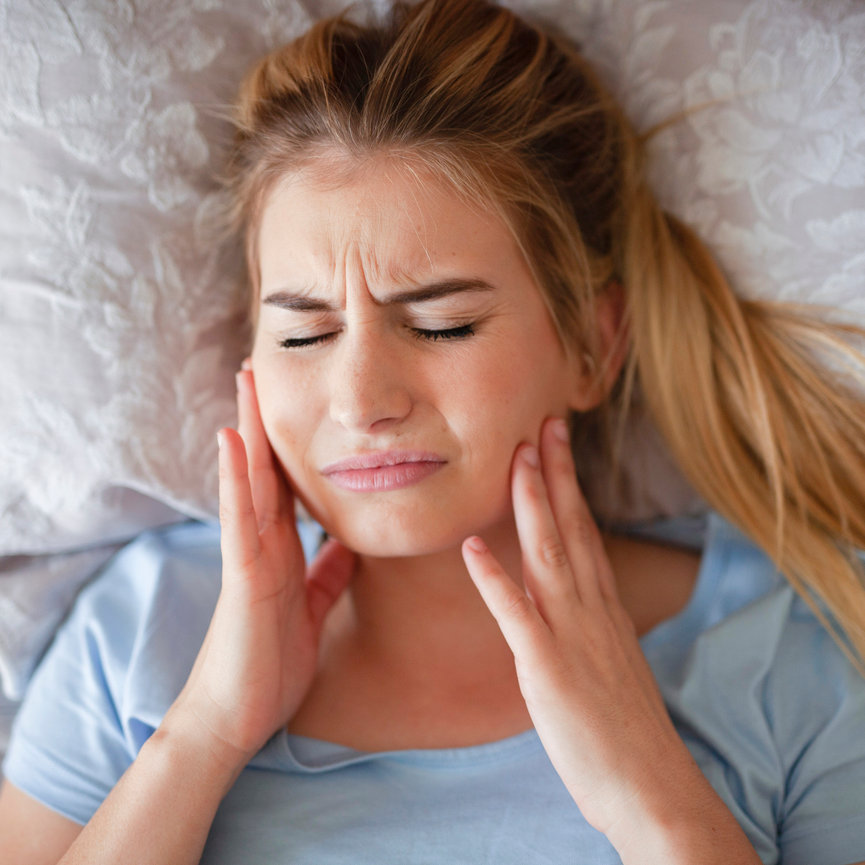

Botox® for Neck Muscle Spasms and Tightening (Cervical Dystonia)
Botox® can be injected into your muscles to treat cervical dystonia which is a condition that causes the muscles in your neck to tighten or spasm without your control. Botox® also helps treat upper limb spasticity which is when the muscles in your body become stiff or tight. Botox® injections will block certain chemical signals from your nerves, mostly the signals that cause your muscles to contract.
The benefits of Botox® injections include:
- Significant improvement in your gait pattern
- Improvement in your range of motion
- Decreased pain in any stiff muscles
- Reduction of spasticity and greater ease in stretching
- Helps delay any surgical plans
- Reduction of spasticity and greater ease in stretching
Botox® for Teeth Grinding (Bruxism)
By injecting small doses of Botox® directly into the large masseter muscle that moves the jaw, that muscle is weakened enough to stop the involuntary movements that make you unconsciously grind your teeth and clench your jaw.
This treatment significantly relaxes that muscle and reduces the damage to your teeth due to grinding.
The Botox® injections will help reduce the amount of clenching that you do, and they will also help with any accompanying tension and headaches that you may be experiencing. The injections usually start to work in about 2 to 4 weeks after the injection and the effects could last up to 3 to 6 months.
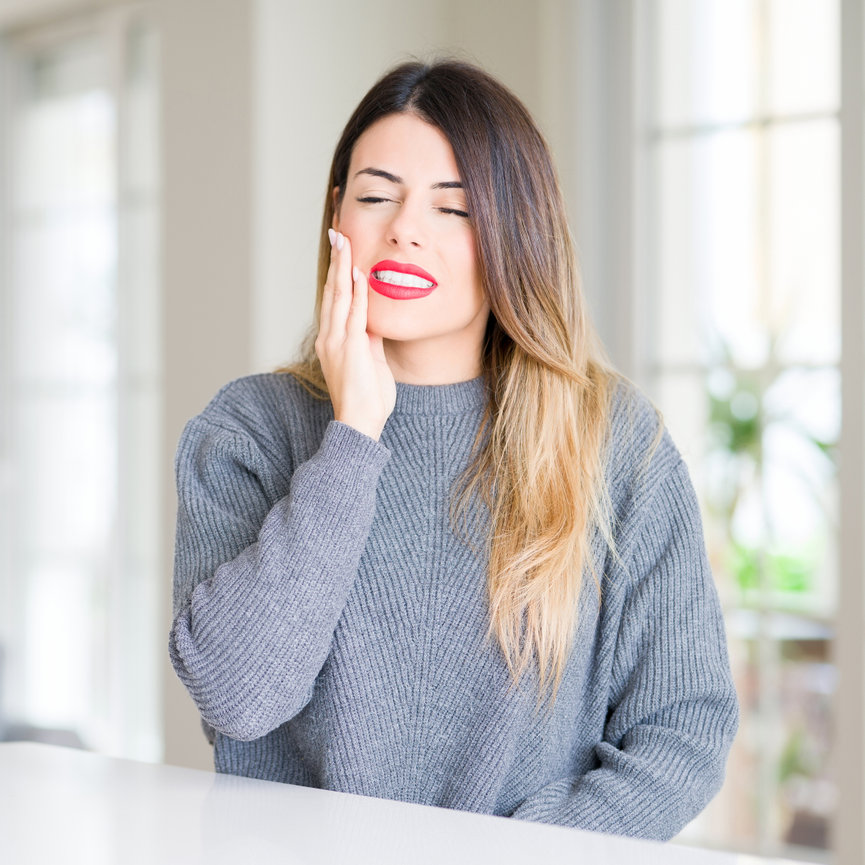
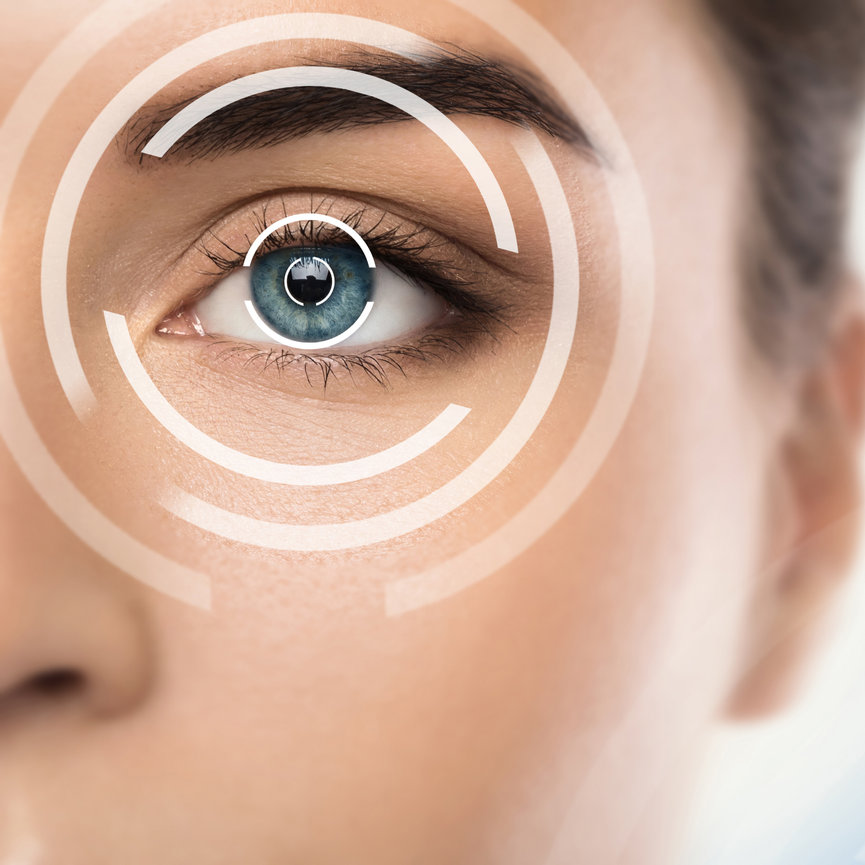
Botox® for Eyelid Twitching (Blepharospasm)
Botox® is created from the bacterium Clostridium botulinum toxin and is a medication that’s commonly used for both medical and cosmetic purposes. Medically, Botox® is purified of its bacterial substances and creates a neurotoxin administered in small doses into affected areas. The Botox® injection can weaken the contractions and block the nerve signals sent to and from the muscles surrounding the eye. When administered, Botox® targets the nerves and muscles through multiple injection sites in the eye and eyebrow, and for patients with blepharospasm, it can reduce its symptoms, including:
- Blinking and eye irritation
- Fatigue and emotional tension
- Light sensitivity
- Facial spasms
- Eye dilation
- Dry eyes
- Forceful opening of the jaw
- Retraction of lips
- Protrusion of tongue

